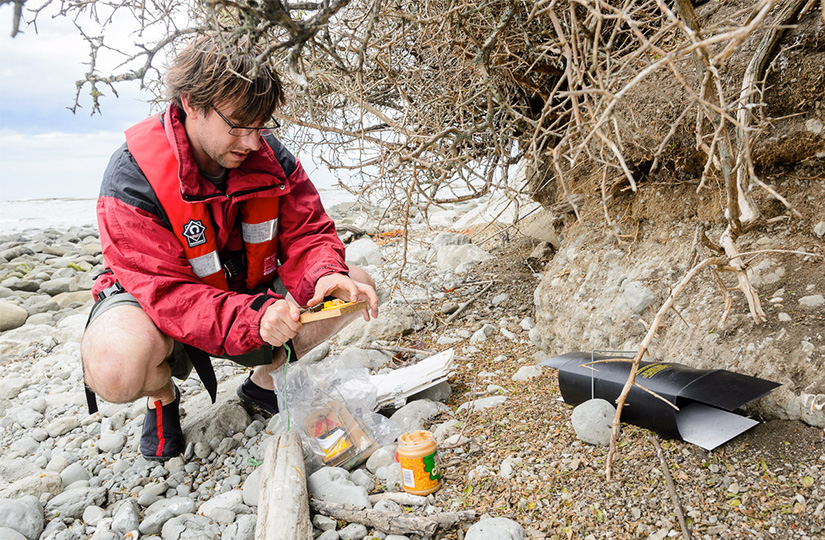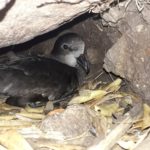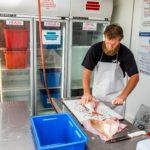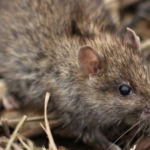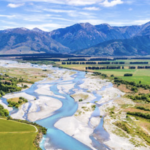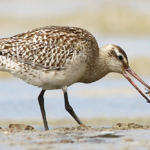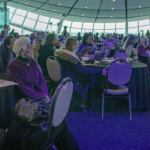In the early 1960s the first rat eradication in New Zealand was led by Don Merton on tiny Ruapuke (then called Maria Island) in the Noises group.
The Hauraki Gulf was also the site of the first step-change in rodent eradications – the development of aerial delivery of toxins by helicopter allowed the Mokohinaus to be cleared of invasive rats in the 1990s.
The most ambitious operation was completed on Rangitoto-Motutapu in 2011 with the removal of 10 introduced animal pests.
Earlier this year Auckland Council, the Department of Conservation and the University of Auckland marked the 50th anniversary of Merton’s achievement by reviewing the status of predator eradication on the islands of the Gulf (http://newzealandecology.org/nzje/3264).
The review found that over half the island groups of the Hauraki Gulf are now free of invasive mammals, and success at intercepting hitch-hiking or swimming reinvaders was close to 100%. Progress indeed.
Now the government has announced support for the goal of making New Zealand predator-free by 2050.
Kennedy Warne, writing in New Zealand Geographic called it our moonshot, but also cautioned against getting too far ahead of ourselves with the announcement (https://www.nzgeo.com/stories/is-this-our-moon-shot/).
Before humans even arrived in New Zealand, it was already full of predators, from the colossal Haast eagle to the enigmatic peripatus; part of a raft of uniquely evolved biota derived from Gondwanaland.
Todays predators though are mammalian: rodents, mustelids and possums, evolved in foreign ecosystems and devastating to our native species. About ten years ago people all around New Zealand began to realise that simply protecting our native species on islands, or in the back-country, would not be enough.
Apart from on 10% of our offshore island area (one third of our offshore islands) mammalian predators are still literally eating their way through native wildlife on larger islands, peninsulas, and agricultural and urban landscapes.
Predator Free New Zealand was born from this realisation. Since all of New Zealand comprises islands why can’t we just continue to eradicate invasive mammals on larger and larger ones?
Physicist Sir Paul Callaghan suggested a “mad” idea, the New Zealand equivalent of the Apollo space programme, in his last public lecture in 2012.
“Let’s get rid of the lot. Let’s get rid of all the damn mustelids, all the rats, all the possums, from the mainland islands of New Zealand. And we start with Rakiura [Stewart Island]. And we work our way up.”
In 2015 The University of Auckland worked with Landcare Research to publish a landmark review of what Predator Free New Zealand could mean for New Zealand (http://bioscience.oxfordjournals.org/content/65/5/520).
The government has essentially signalled its buy-in to this conservation programme, offering $28 million to kick-start the programme with research and implementation at sites around New Zealand starting in 2017 (http://www.doc.govt.nz/our-work/predator-free-new-zealand-2050/). 2025 will be the first check-point, requiring among other things a “complete removal of all introduced predators from offshore island nature reserves”.
Predator Free NZ 2050 will be a joint venture company to provide funding intended to develop the knowledge for further step-change: the “development of a scientific breakthrough capable of removing at least one small mammalian predator from New Zealand entirely.”
This would likely mean the future of predator control and eradication in New Zealand is not reliant on aerial delivery of toxins. This is the biggest challenge for pest eradication on the larger islands of the Gulf.
Social scientist Jo Aley from the University of Auckland recently completed a study comparing the inhabited islands of the Hauraki Gulf to better understand “human communities”; their needs and aspirations regarding pest control and eradication. Rakino Island – where rats have been successfully eradicated and birds like bellbirds are naturally returning – provided an opportunity to see how attitudes to rat eradication change before and after eradication. Jo surveyed land owners from Rakino, Kawau, Aotea (Great Barrier) and parts of Waiheke, and compared the results of those surveys with the views of ‘mainlanders’. The results were enlightening. People living on Gulf Islands have strongly positive attitudes, towards both the environment, and pest management. However, they also have more uncertainty about the benefits of pest control versus the perceived impacts of pest control methods.
She concluded eradication of introduced predators from the large Hauraki Gulf islands such as Waiheke and Aotea will require working with their communities to place costs and benefits within a wider socio-economic context for each island.
This promises to be the next step change for the Hauraki Gulf islands.


